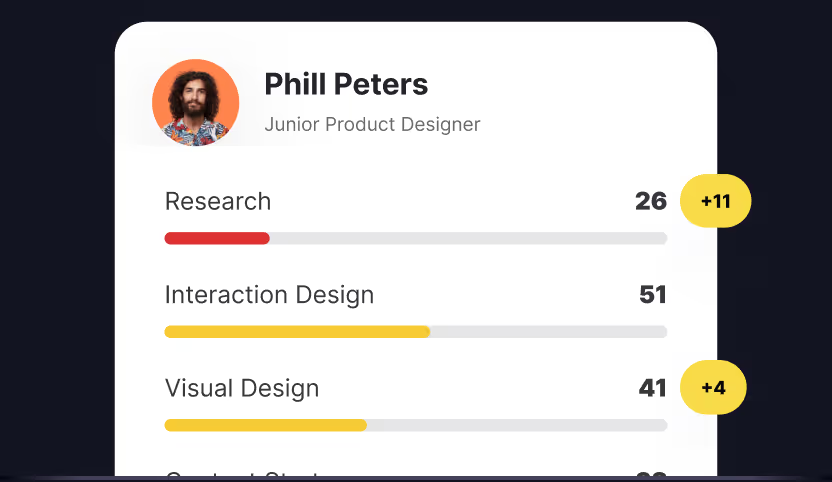
Design careers are more visible than ever, attracting people from every background. This visibility has also produced many misconceptions. Some myths discourage talented individuals by presenting design as an elite field that demands innate gifts or expensive education. Other myths create unrealistic expectations by suggesting that design is a simple path to quick money and glamorous work. Both extremes distort the reality of design and can harm newcomers who need clear information to make thoughtful career decisions. The truth is that design is rewarding, challenging, and accessible to people who are willing to learn and keep improving.
Design is just about aesthetics

Many newcomers believe that design is only about making things look attractive. While visual appeal is important, it is only one part of the work. Good design balances beauty with usability, ensuring that every layout, button, and interaction supports clear communication and smooth tasks. A screen can be visually stunning yet still fail if users cannot navigate it or complete essential actions.
Design also aims to create emotional connections. A thoughtful interface can spark trust or delight even before a user reads a single word. When designers focus on how a product works as well as how it looks, they build experiences that are both memorable and functional. Ignoring this balance leads to pretty but ineffective results.
Design is just about the creation
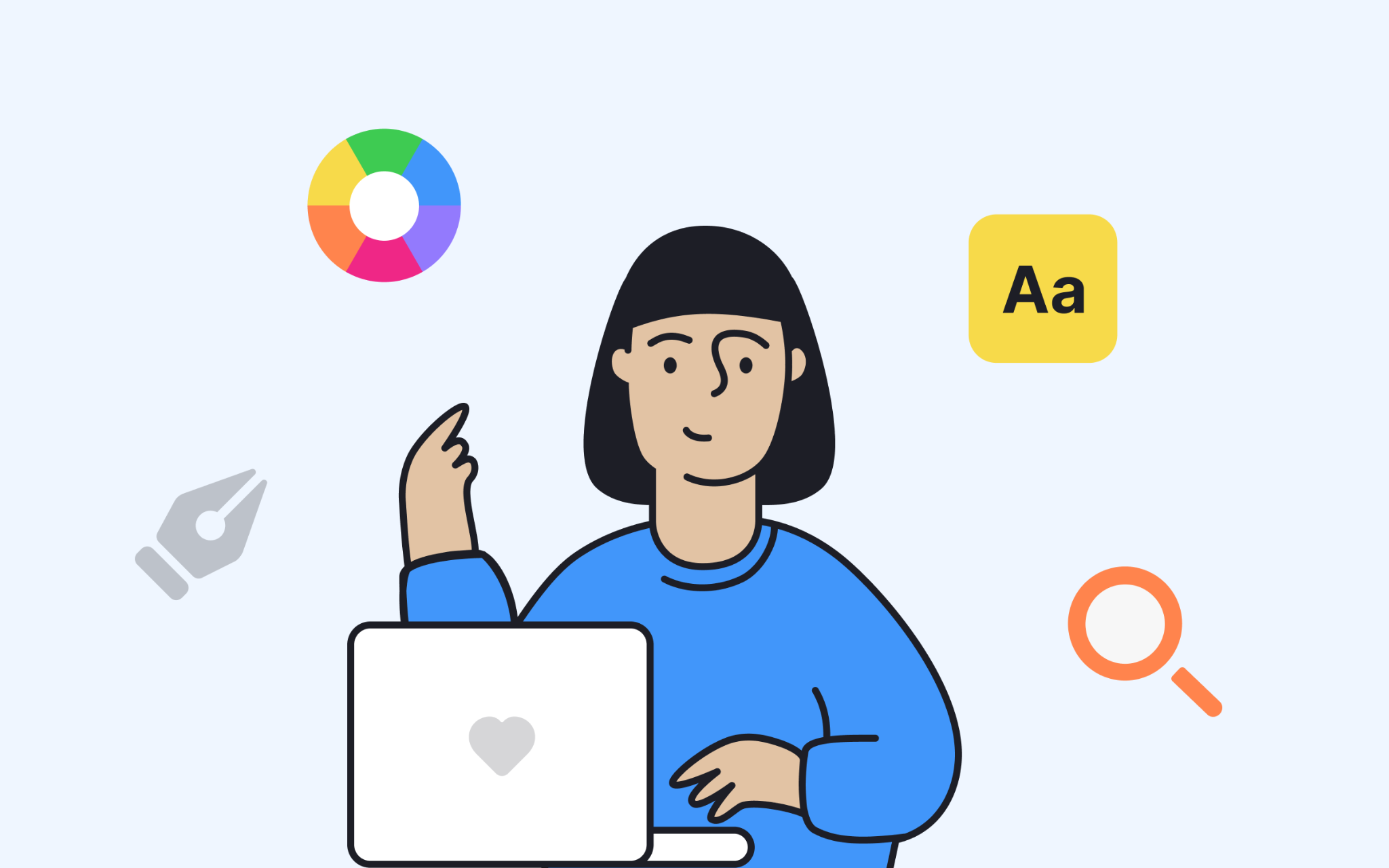
Another misconception is that design is only the act of drawing screens or producing graphics. In reality, the process begins long before pixels are placed. Designers research user needs, study market trends, and define business goals to guide every creative decision. This strategic planning ensures that the final product solves real problems rather than just decorating the surface.
Testing and iteration are equally important. Prototypes must be evaluated, feedback must be gathered, and improvements must be made. Collaboration with developers, product managers, and marketers turns ideas into usable products. Creation is visible and satisfying, but strategy and research give the work meaning and direction.
Design is easy
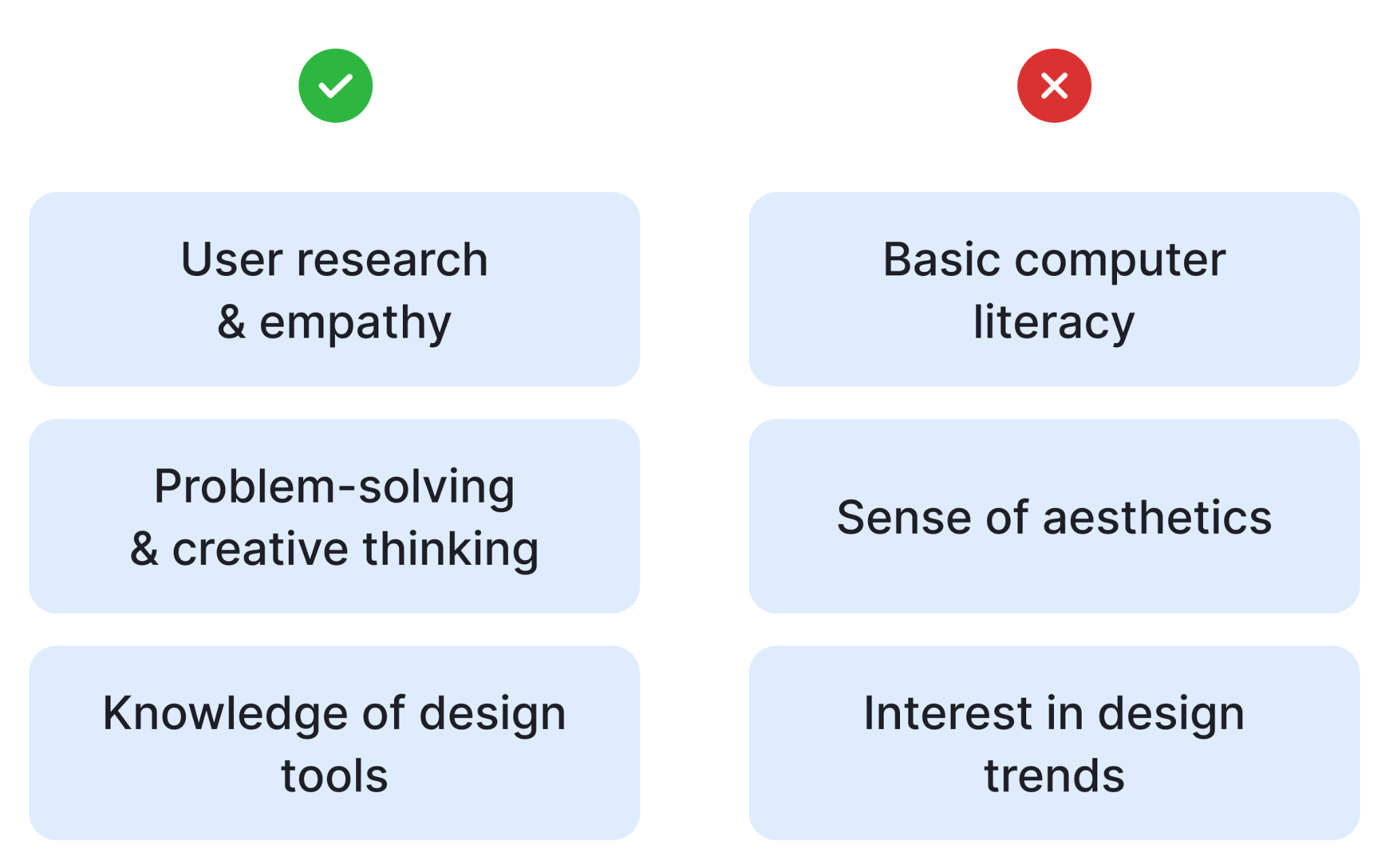
Because design tools are widely available, some people assume the profession is simple. The truth is that UX and UI design require a demanding mix of technical knowledge, creativity, and human understanding. Mastery of software like Figma or Photoshop takes practice, but knowing when and why to use each tool is even harder.
Designers also need empathy to understand user behavior and the discipline to test and refine their work. Trends change quickly, so continuous learning is part of the job. Far from being easy, design is a career of lifelong study and constant problem-solving.
Great designers are born

Talent helps, but great designers are not born fully formed. Skills such as typography, interaction design, and research can be learned through education and deliberate practice. Many successful designers entered the field from unrelated backgrounds such as engineering, psychology, or music. Their varied experiences often give them unique perspectives that enrich their design thinking.
What matters most is dedication. Regular practice, feedback, and a willingness to learn from mistakes allow anyone to grow. Natural ability may open the door, but perseverance and curiosity build a lasting career.
Graphic design is only about logos and posters
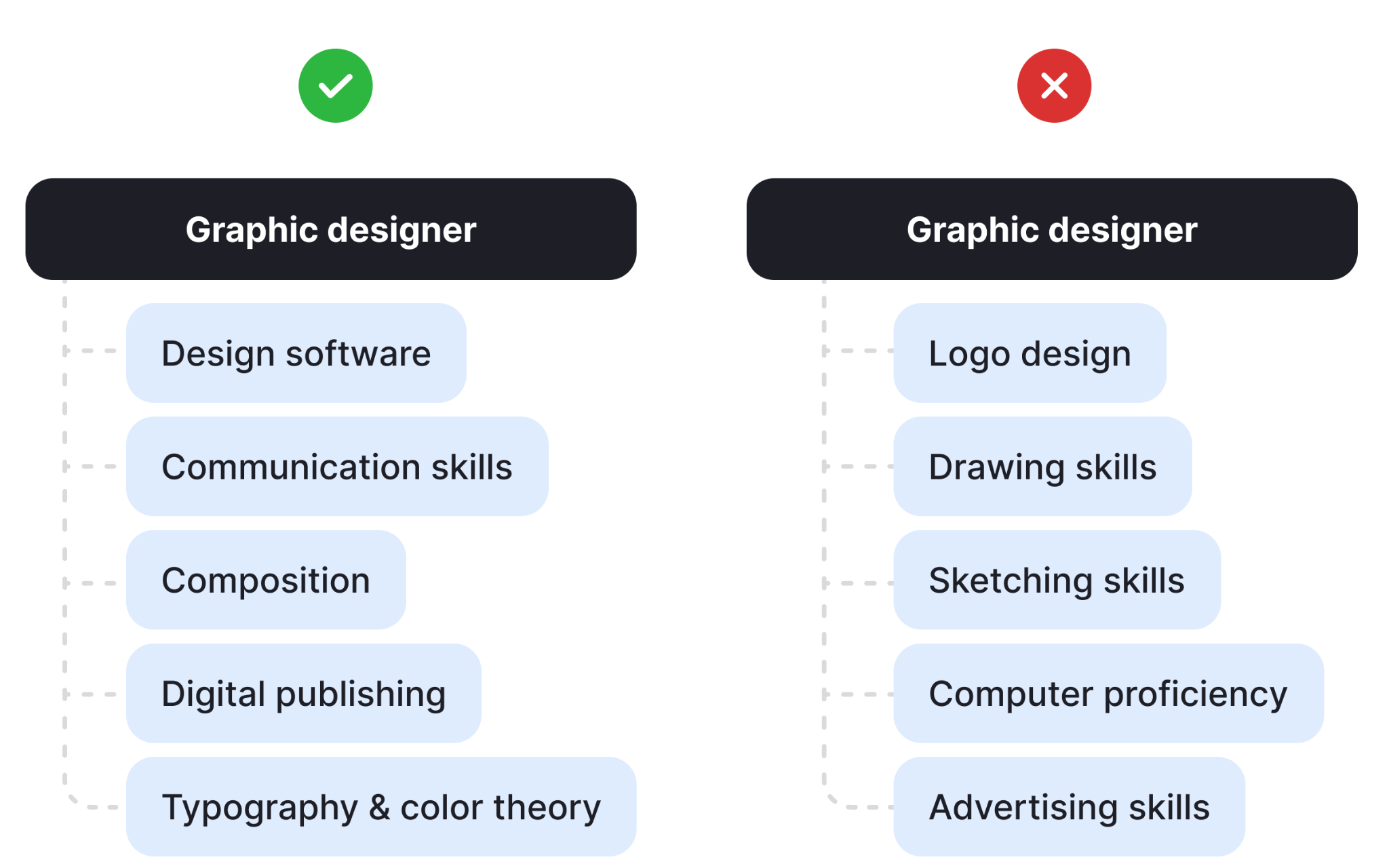
Graphic design is far more than creating logos or posters. Designers craft brand identities, marketing campaigns, packaging, editorial layouts, and digital interfaces. Each project demands strategic thinking, technical skill, and creativity to communicate messages clearly and consistently.
Consider a company rebrand: designers must understand the audience, research competitors, and create a visual system that works across print, web, and product packaging. This complexity shows why graphic design is as challenging and impactful as any other design discipline.
UX design is a glamorous and fun career

UX design is often portrayed as stylish and exciting, but much of the work is analytical and routine. Designers spend significant time reviewing data, documenting flows, and running usability tests. These tasks are essential for building reliable, user-friendly products, but they are not always glamorous.
Stakeholder meetings, feedback sessions, and version control require patience and attention to detail. The creative moments are rewarding, yet the daily effort behind them is what ensures success. Understanding this reality prevents disappointment and helps designers value the craft.
Design isn’t for intellectual and sharp students
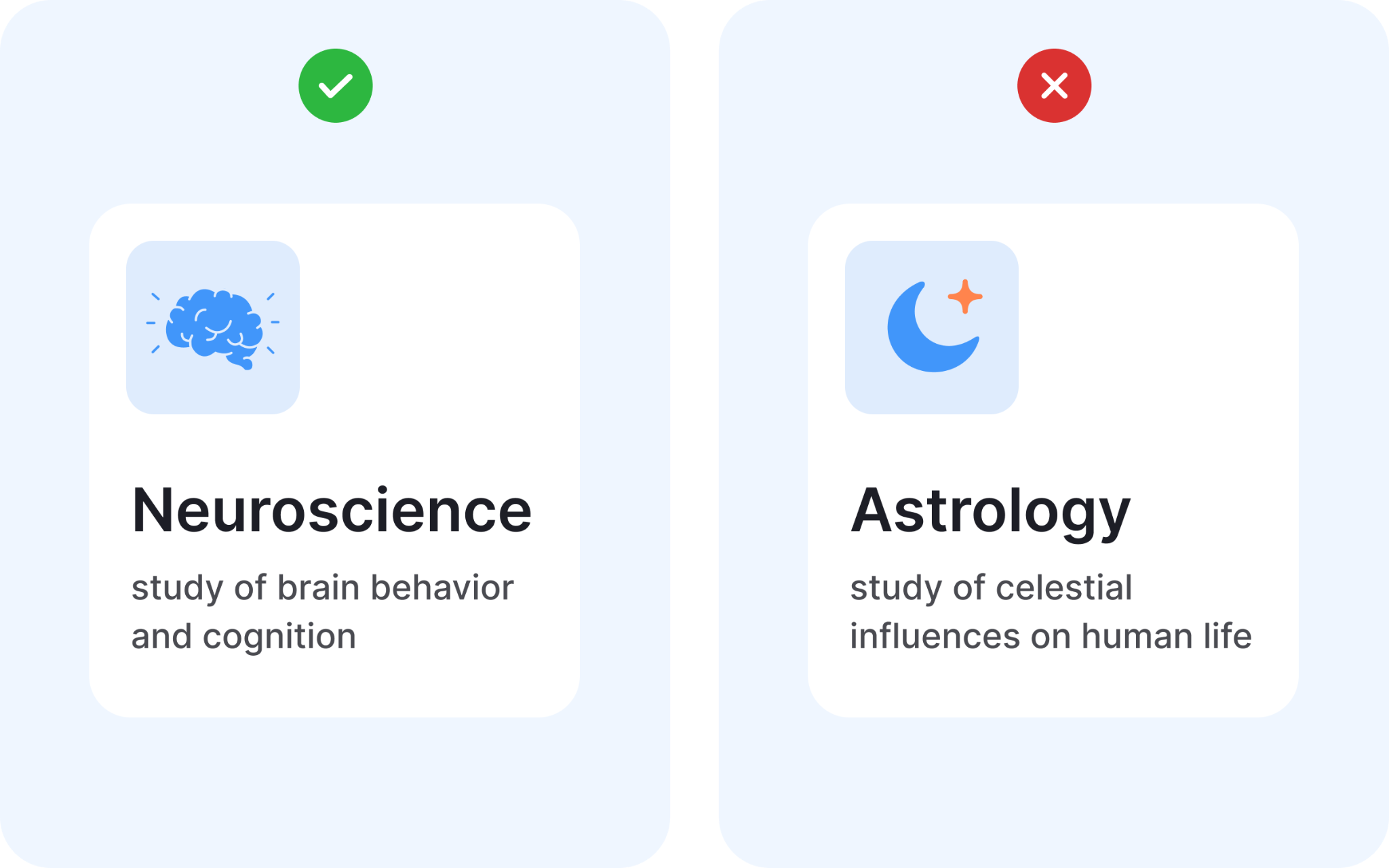
Some people believe design is only for artistic personalities, not analytical minds. In fact, design thrives on critical thinking. Creating effective products requires logic, research, and data analysis alongside creativity. Designers study psychology, sociology, and technology to understand user behavior and solve complex problems.
This combination of art and science makes design a stimulating field for intellectually curious people. Those who enjoy research and strategy often excel because they can connect evidence to innovative solutions.
You need a specific degree to work in UX design
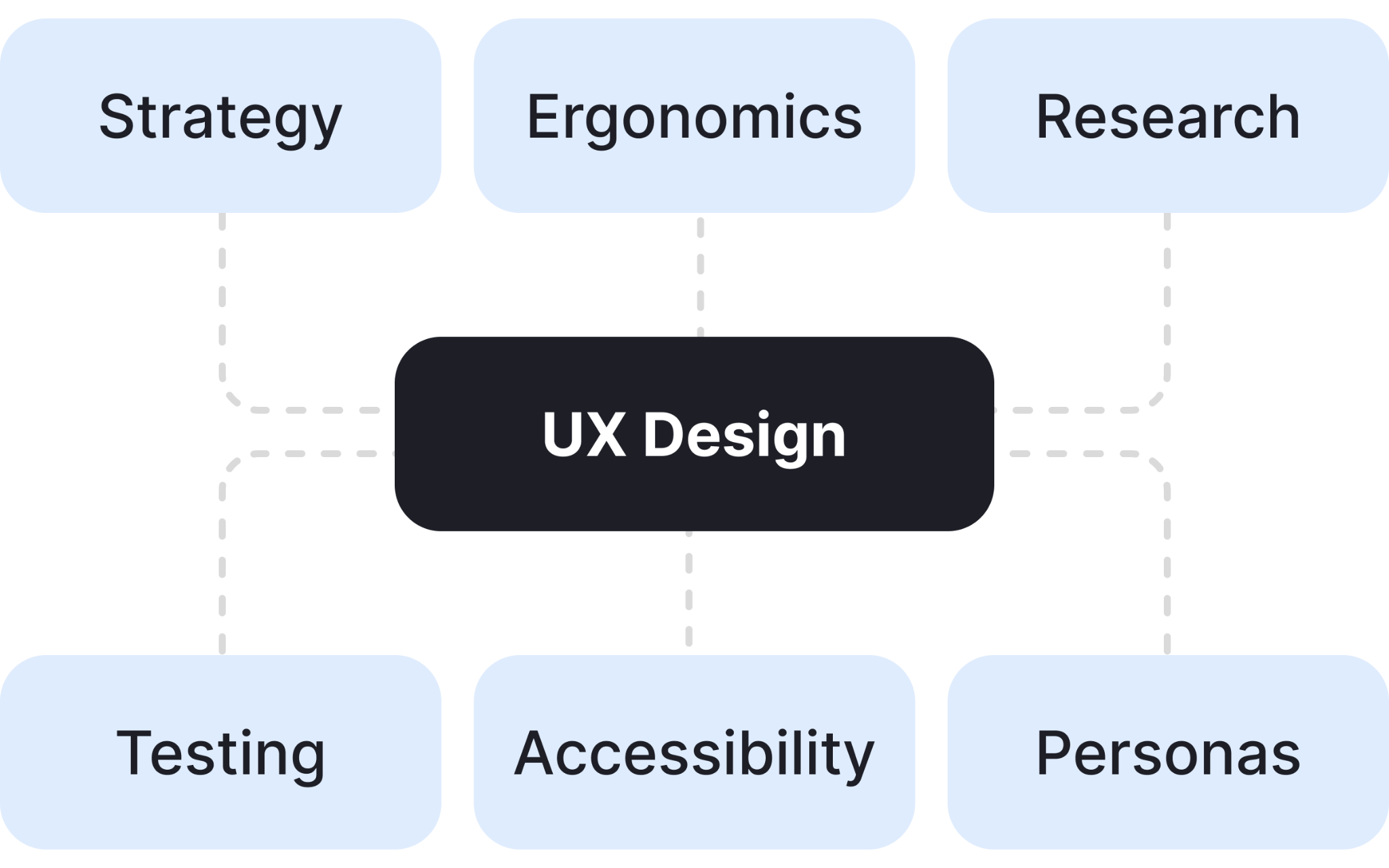
A formal design degree can be helpful, but is not required. Many UX professionals come from fields like psychology, marketing, or computer science. Transferable skills such as empathy, problem-solving, and critical thinking are often more valuable than a specific diploma.
What matters most is practical knowledge. Online courses, bootcamps, personal projects, and internships can provide the experience needed to enter the field. Continuous learning and a strong portfolio outweigh formal credentials when hiring managers evaluate candidates.
Creativity in design happens magically
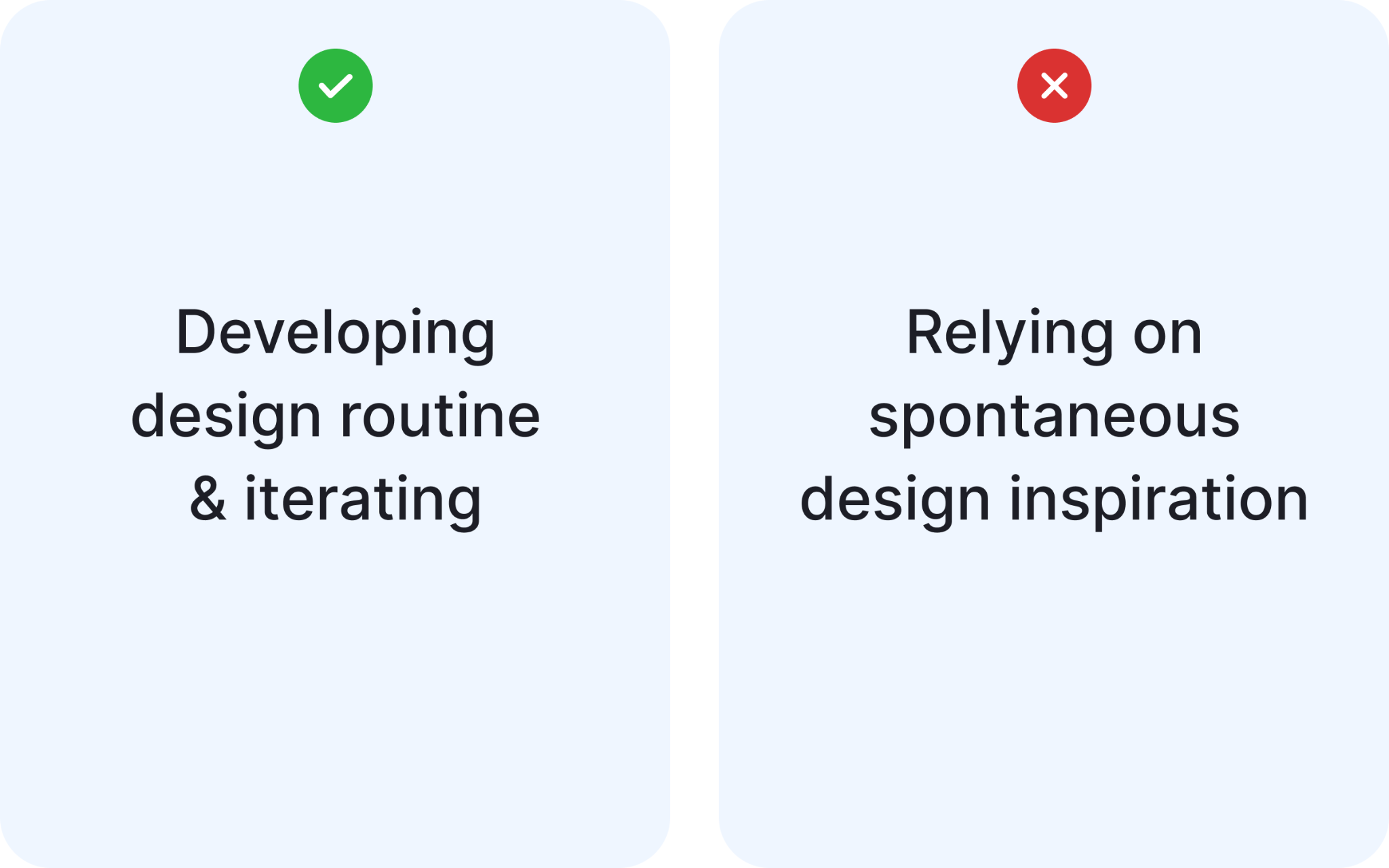
People sometimes imagine creativity as sudden inspiration, but real design creativity comes from discipline. Successful designers maintain routines that include research, brainstorming, and iterative refinement. Ideas often emerge after sustained exploration rather than instant flashes of brilliance.
Seeking diverse experiences also fuels creativity. Travel, art, technology, and everyday observations can spark new concepts. By cultivating habits of curiosity and regular practice, designers generate fresh ideas without waiting for luck.
Designers need fancy tools for UI design

Expensive software is not a prerequisite for great UI design. Free or low-cost tools like Figma, Adobe XD, and trial versions of Sketch provide everything beginners need to learn and build professional interfaces. The quality of the outcome depends on the designer’s understanding of users and principles, not the price of the software.
As skills grow, designers may choose specialized tools, but starting with accessible options proves that creativity and knowledge matter more than cost.
Designers don’t need writing skills
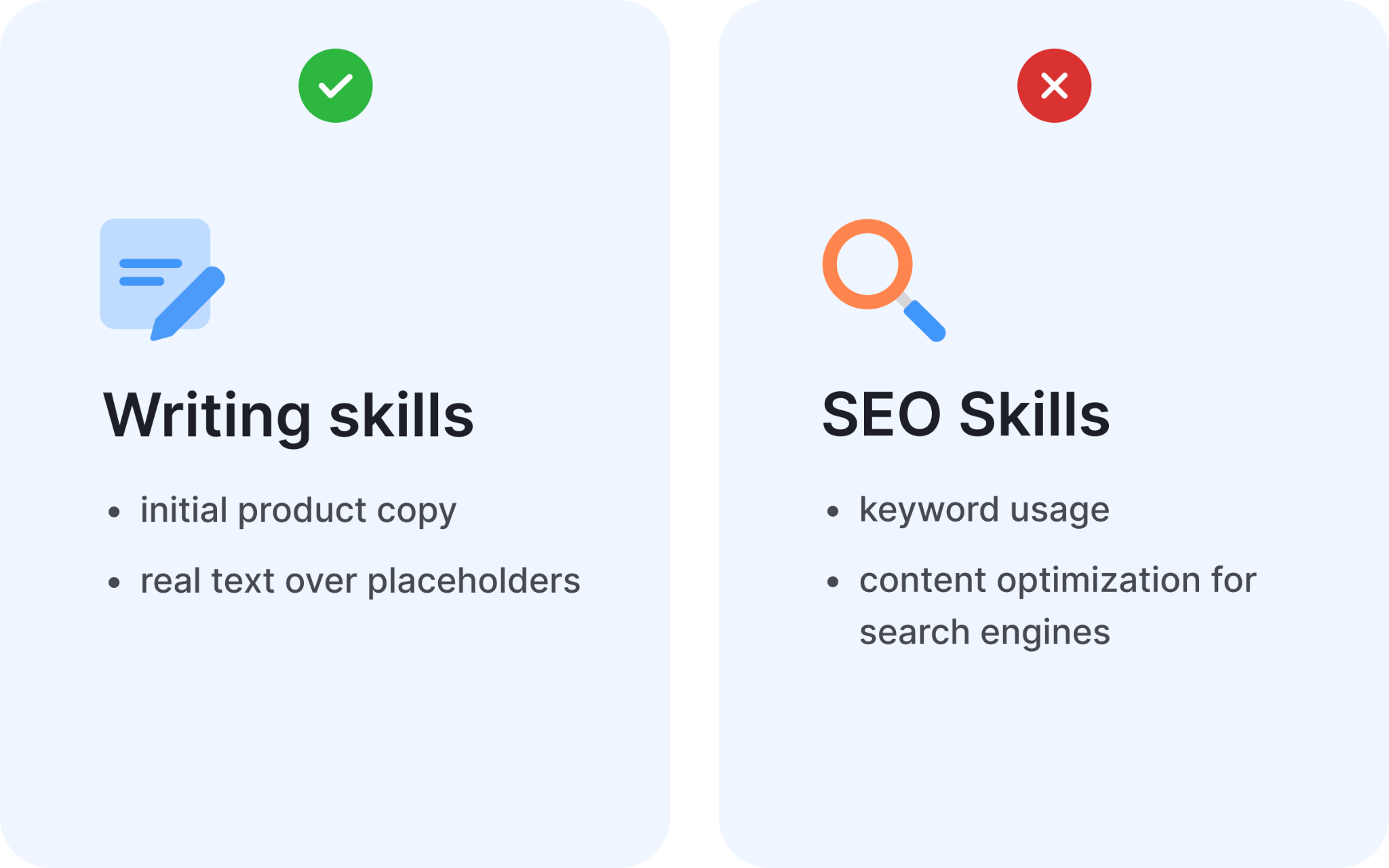
Clear writing is an essential design skill. Designers often draft interface copy, error messages, and onboarding text before professional writers are involved. Using real content instead of placeholder text reveals how words and visuals interact, allowing for better testing and layout decisions.
Understanding UX writing principles, clarity, brevity, and user focus, helps designers communicate ideas and guide users effectively. Even basic writing ability strengthens collaboration with content strategists and improves the final product.
Design is for young professionals
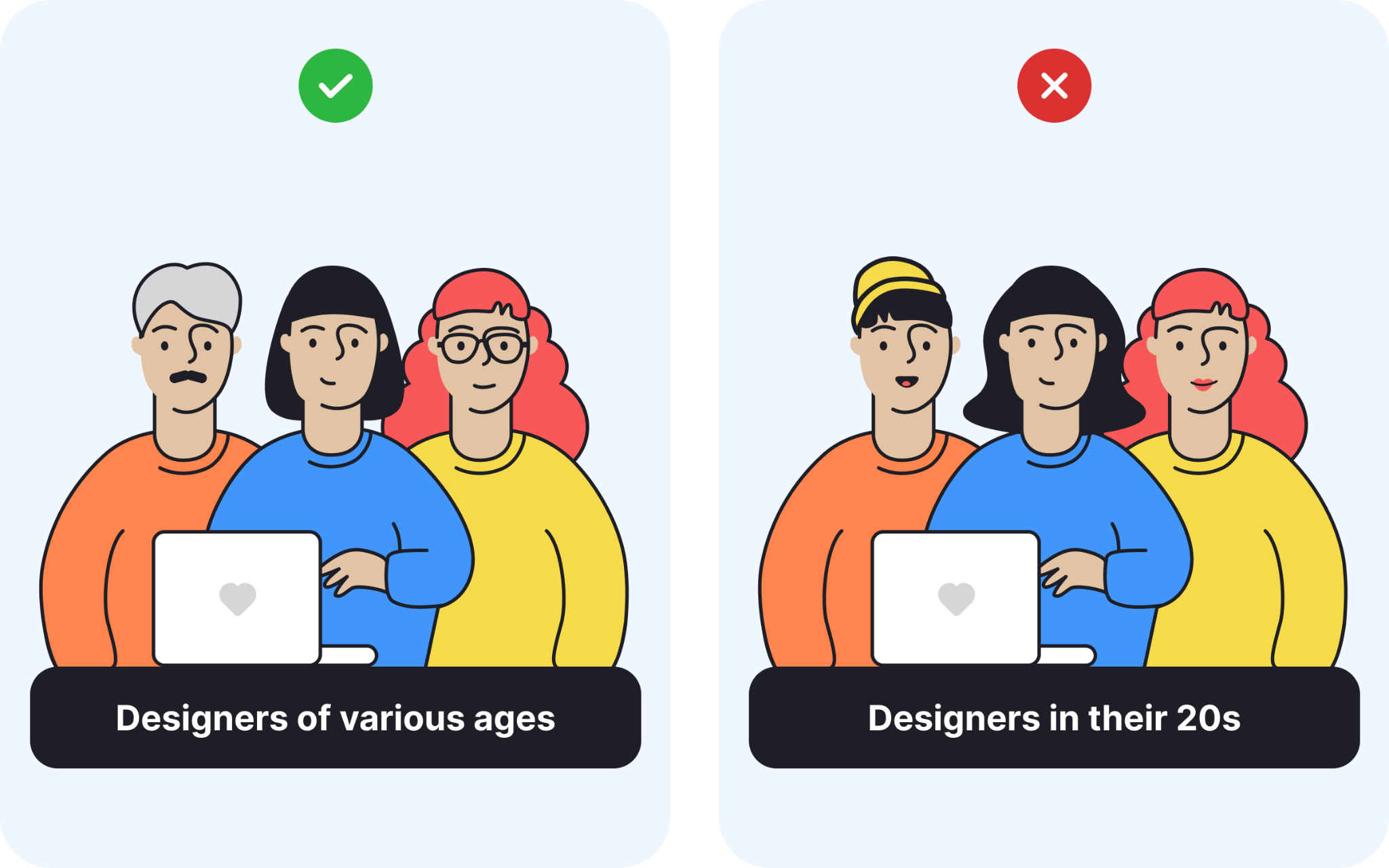
Design welcomes contributors of every age. Experienced designers bring valuable perspective, deep problem-solving skills, and historical knowledge of design trends. Their mentorship helps younger colleagues avoid common pitfalls and raises the quality of the work.
The field rewards lifelong learning, so older designers who stay curious remain competitive. Age diversity enriches teams by blending fresh ideas with seasoned judgment, proving that creativity is not limited to youth.
Designers are loners
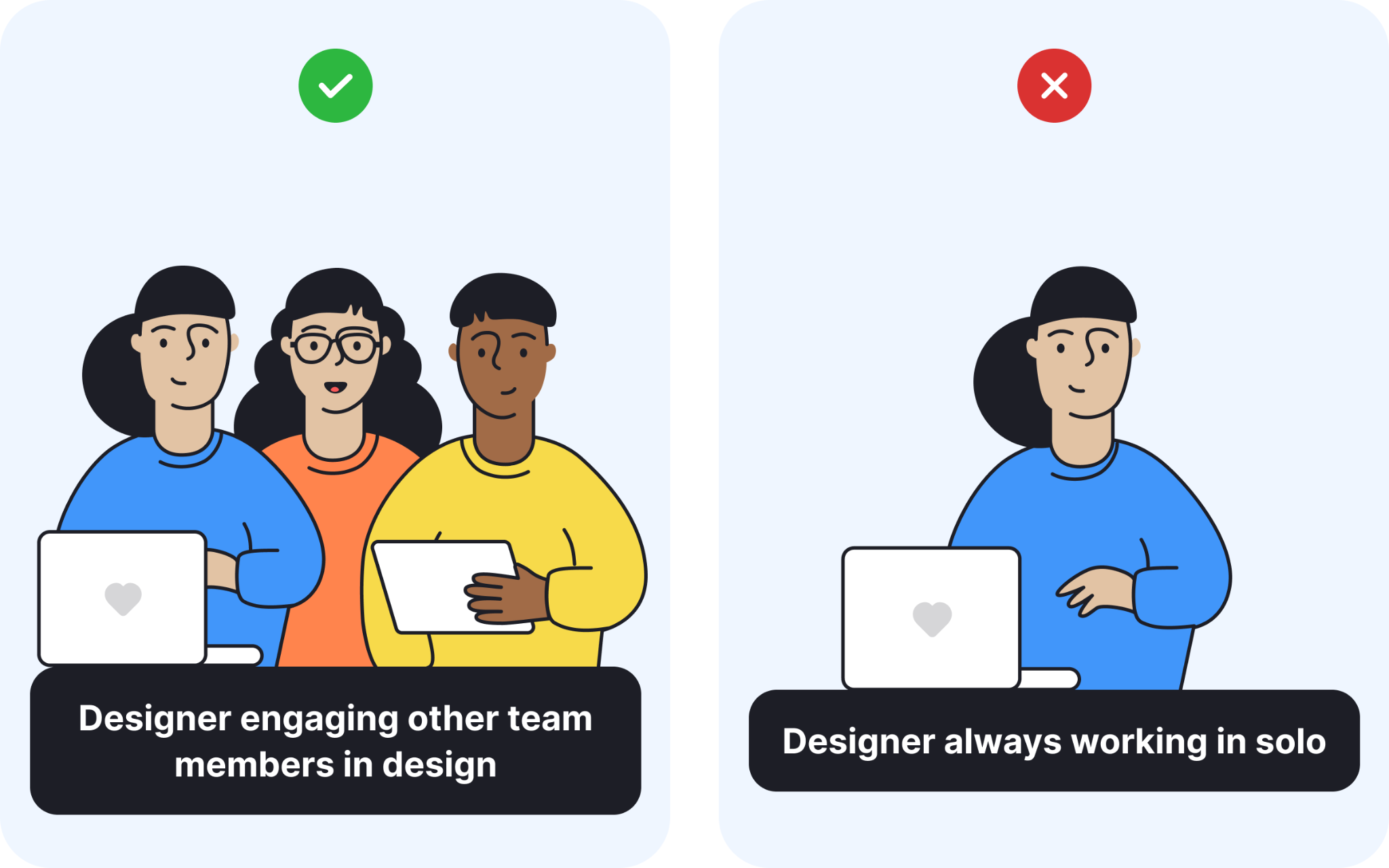
Design is a team sport. Collaboration with engineers, product managers, marketers, and other designers is necessary to build successful products. Designers gather user feedback, present ideas, and iterate based on discussion. Strong communication ensures that everyone shares the same goals.
Working alone limits insight and slows progress. Teams that exchange ideas openly produce stronger solutions and avoid costly misunderstandings. Far from being solitary, design thrives on interaction.
Design jobs are highly paid

While design can lead to high salaries, most designers start with modest pay. Earnings grow with experience, a strong portfolio, and proven results. Location and company size also affect compensation; large corporations may offer more than small agencies or startups.
Realistic expectations help new designers focus on skill development rather than quick rewards. Over time, advanced roles and specialized expertise can lead to significant income, but success comes from dedication and growth, not instant riches.
Wrapping up
The design industry is exciting and rewarding, but it is not built on shortcuts or myths. Success comes from continuous learning, thoughtful collaboration, and the ability to balance creativity with practical problem-solving. By understanding and rejecting these misconceptions, aspiring designers can pursue a career based on reality and prepare for the challenges and opportunities that design truly offers.




